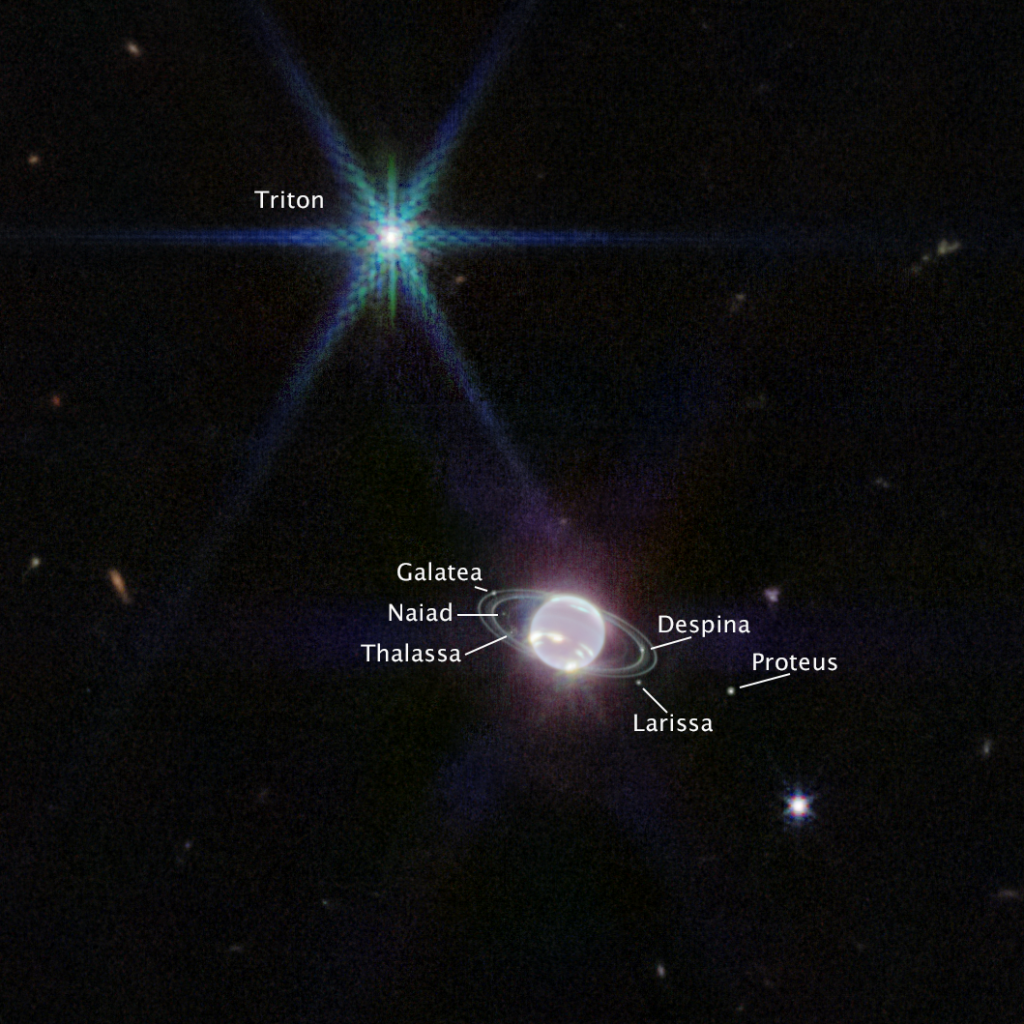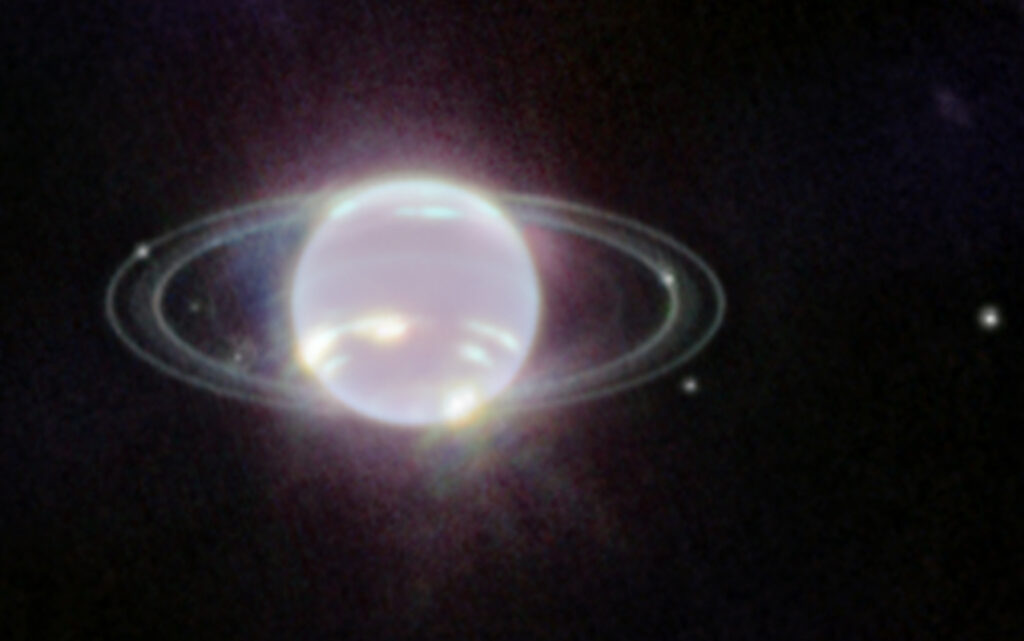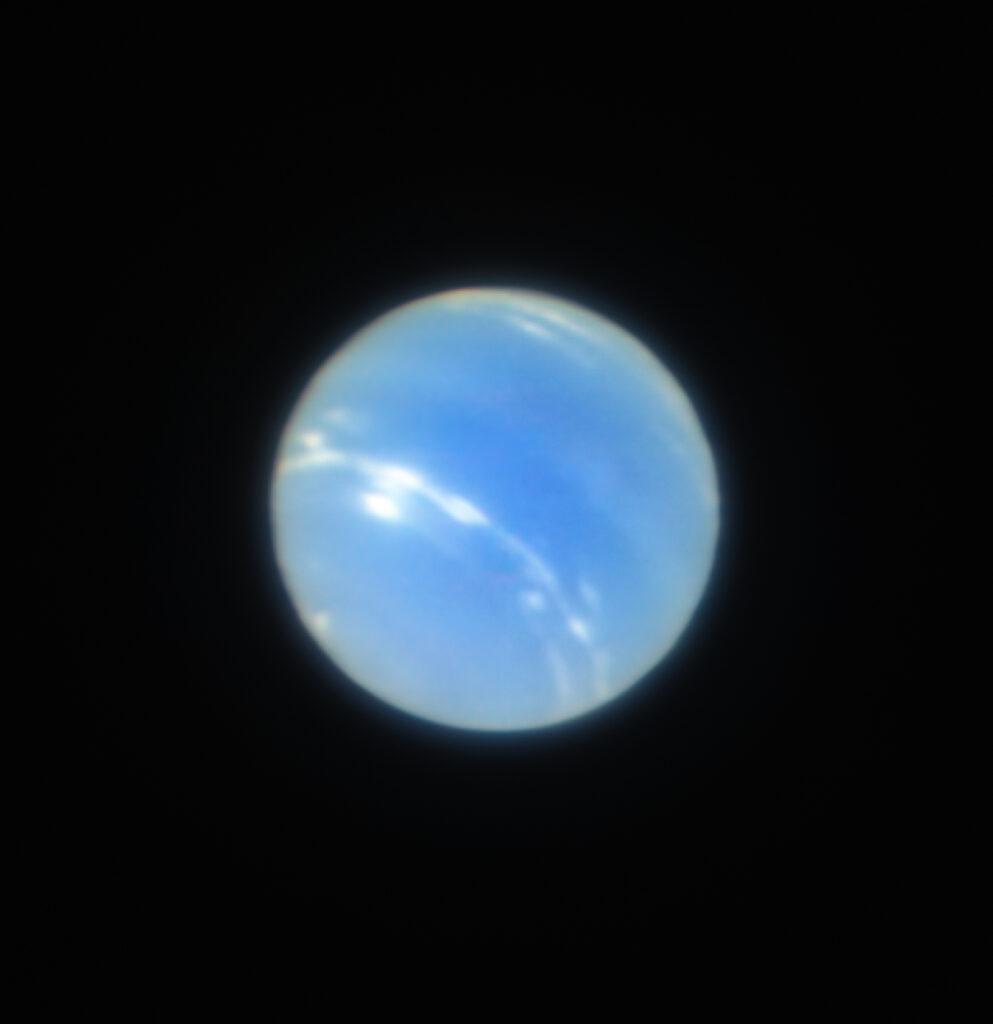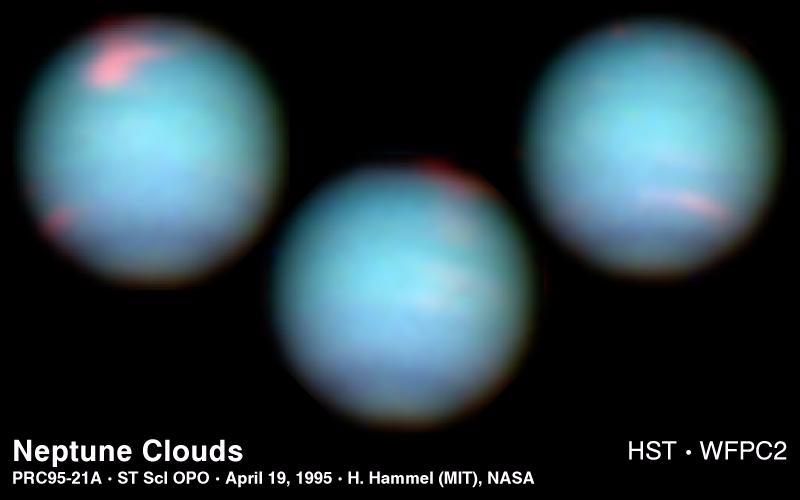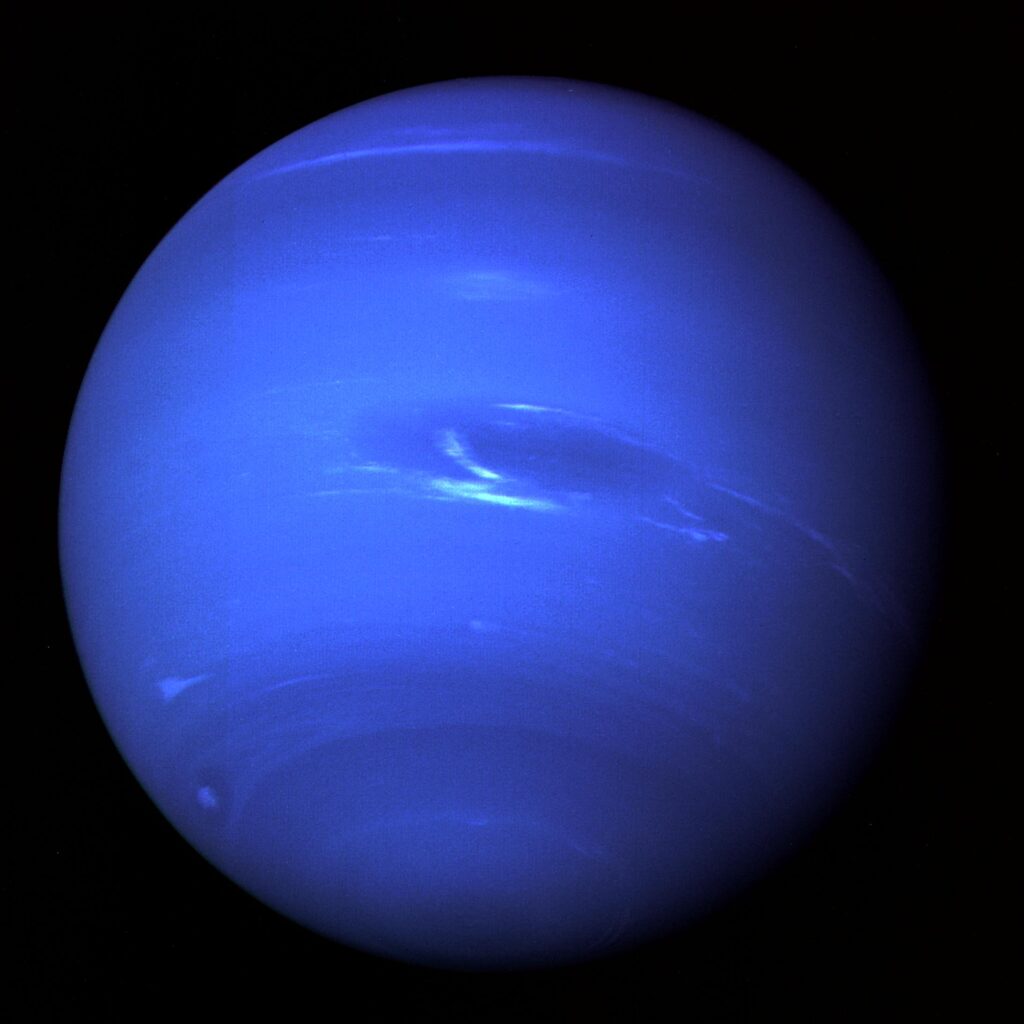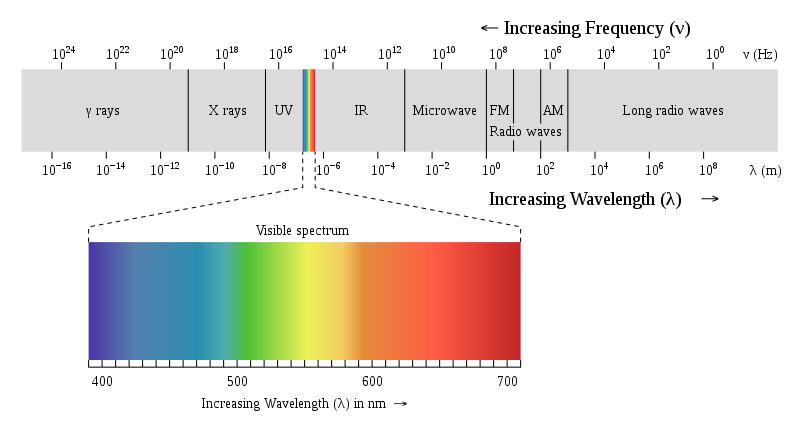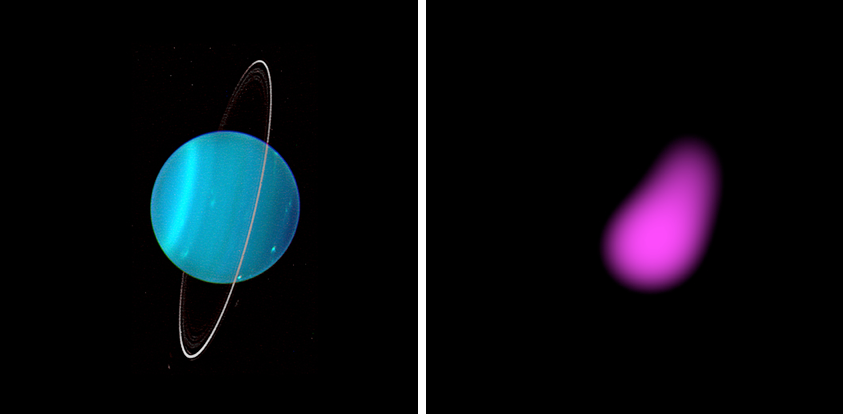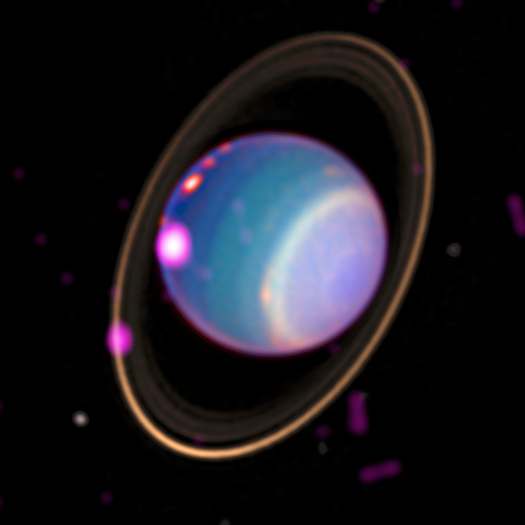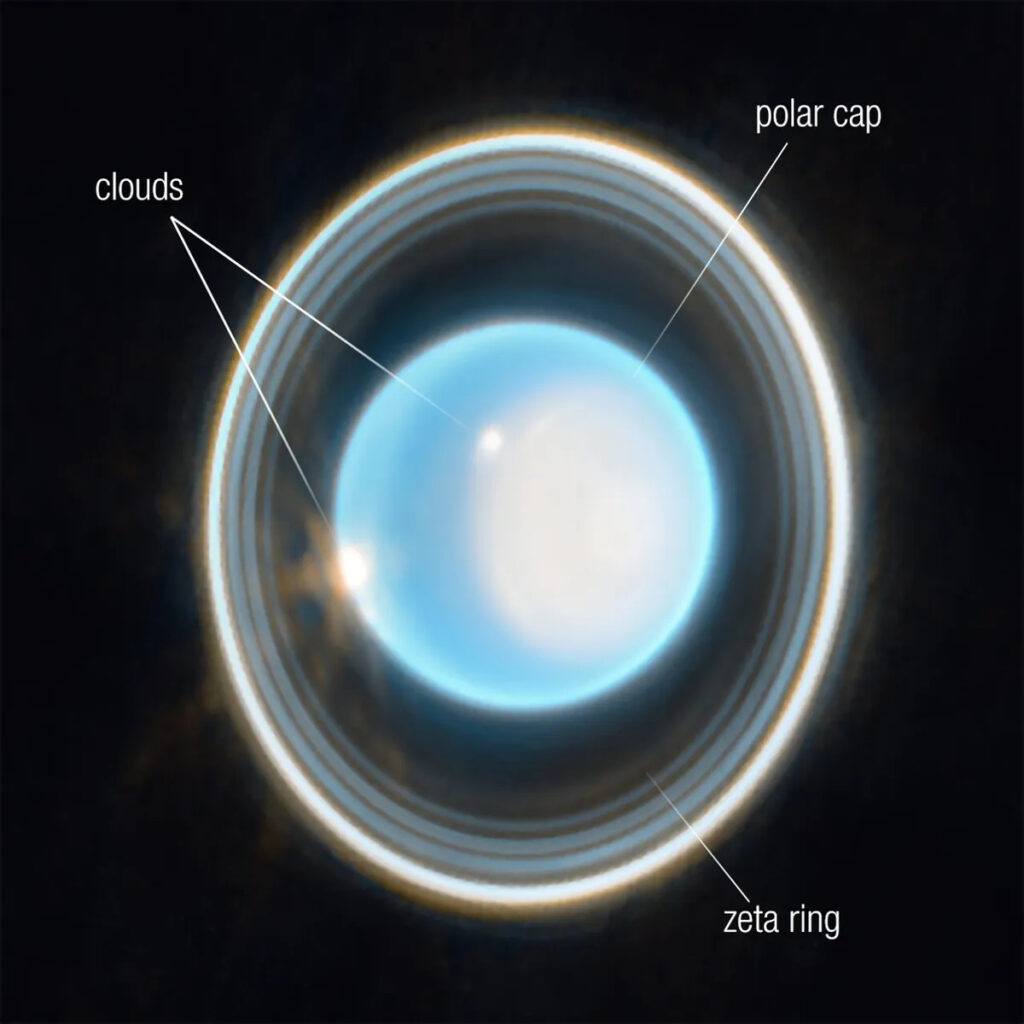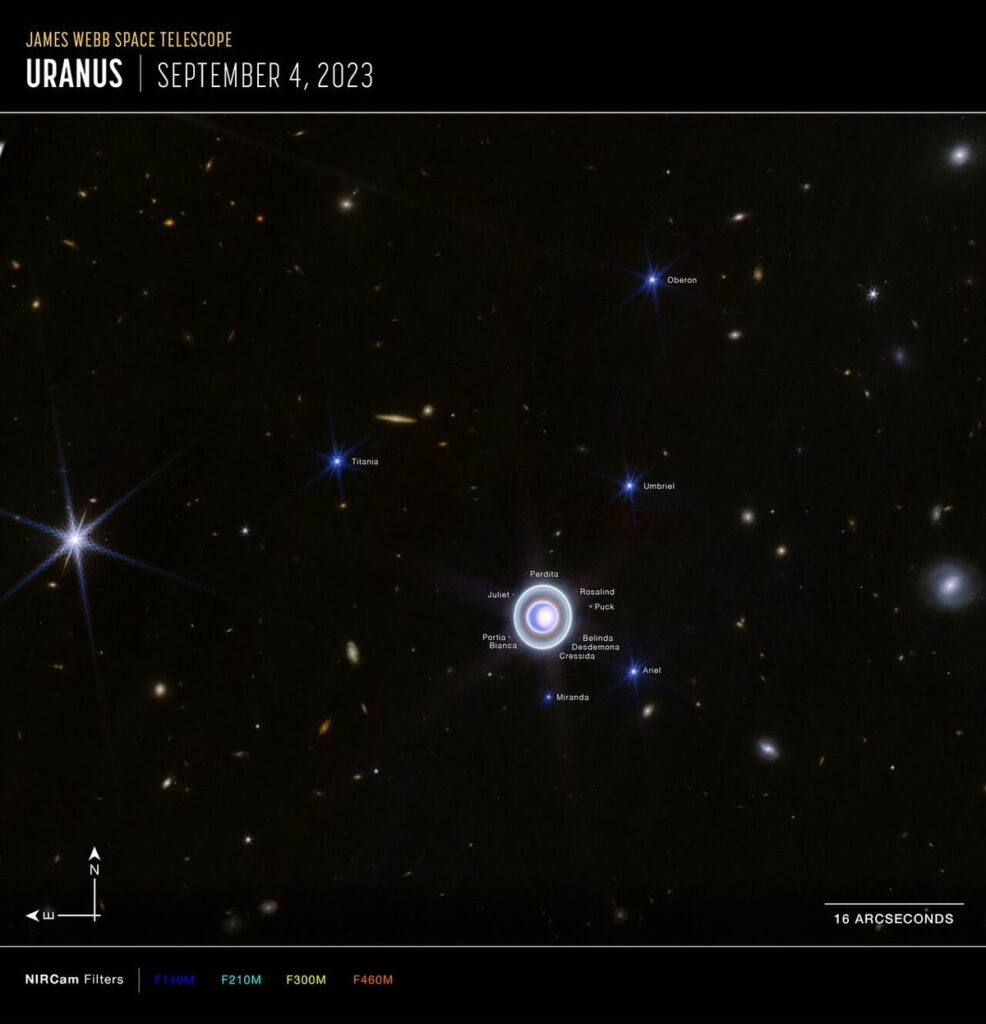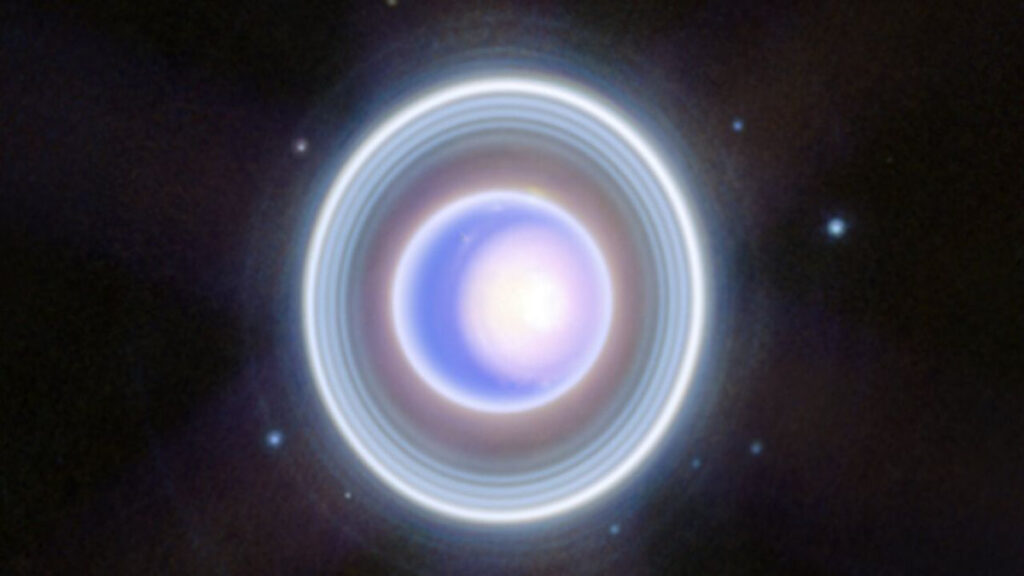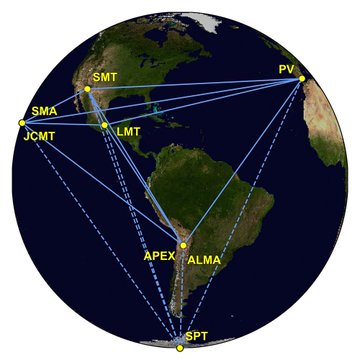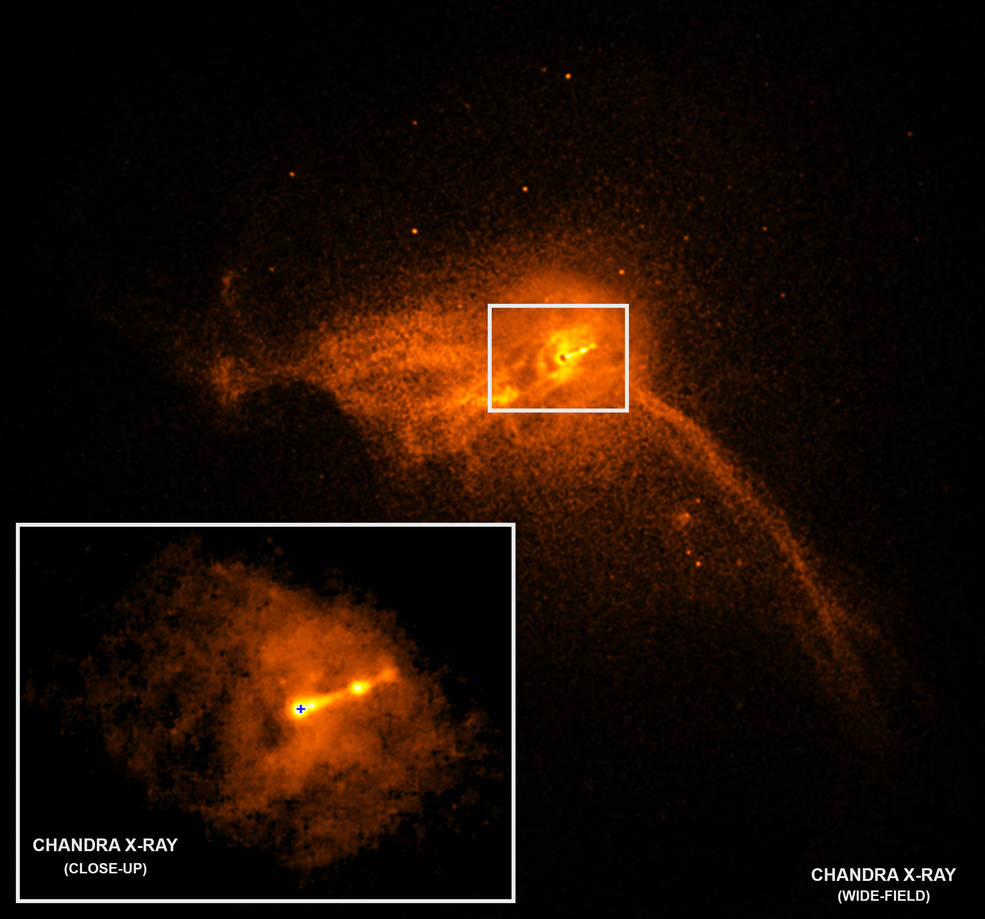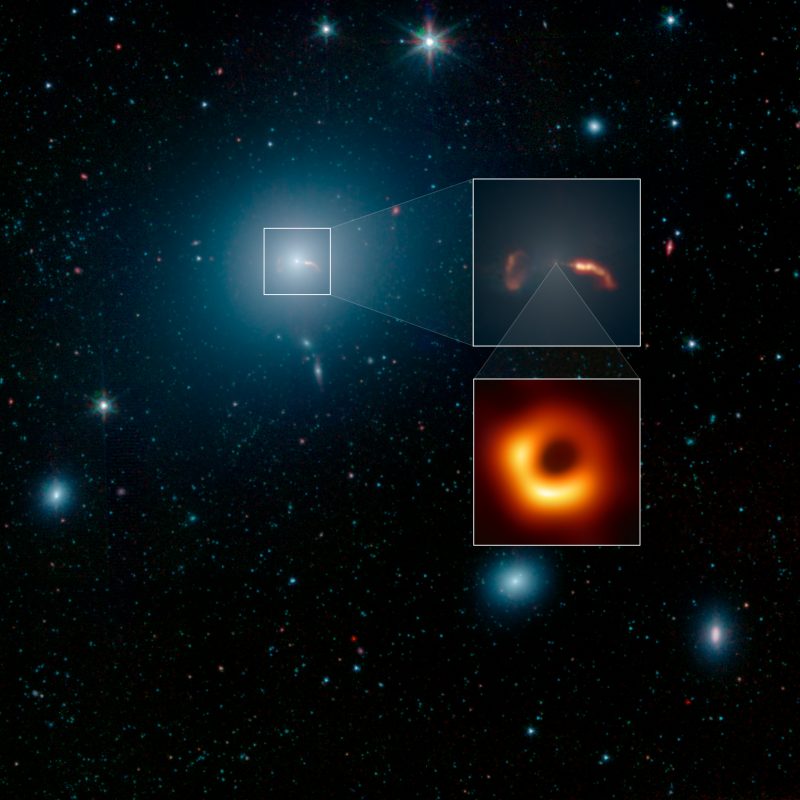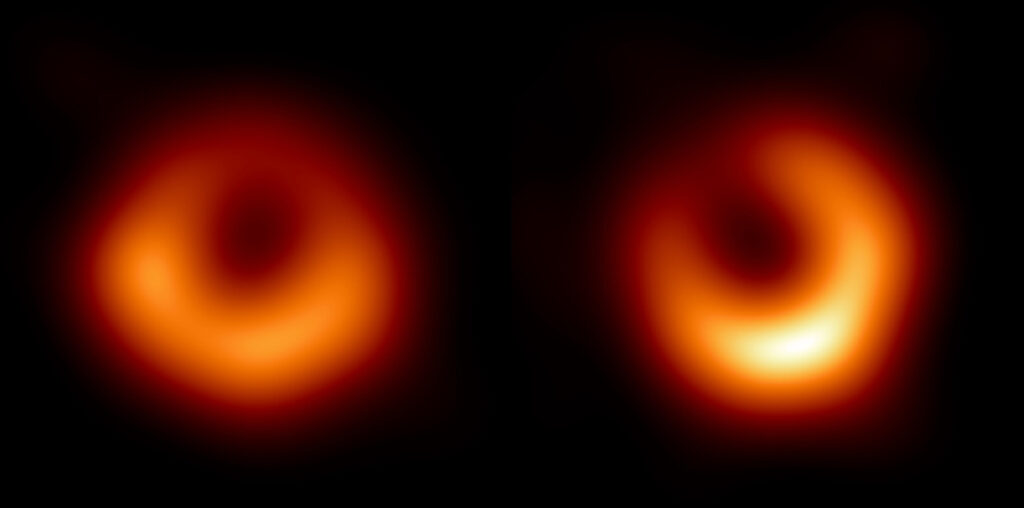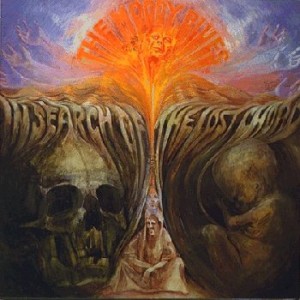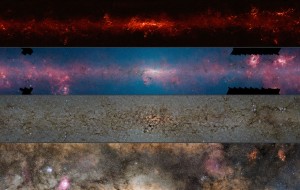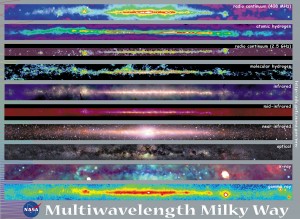Peter Lobner
In my 6 March 2016 post, “Remarkable Multispectral View of Our Milky Way Galaxy,” I briefly discussed several of the space-based observatories that are helping to develop a deeper understanding of our galaxy and the universe. One space-based observatory not mentioned in that post is the National Aeronautics and Space Administration (NASA) Nuclear Spectroscopic Telescope Array (NuSTAR) X-Ray observatory, which was launched on 13 June 2012 into a near equatorial, low Earth orbit. NASA describes the NuSTAR mission as follows:
“The NuSTAR mission has deployed the first orbiting telescopes to focus light in the high energy X-ray (6 – 79 keV) region of the electromagnetic spectrum. Our view of the universe in this spectral window has been limited because previous orbiting telescopes have not employed true focusing optics, but rather have used coded apertures that have intrinsically high backgrounds and limited sensitivity.
During a two-year primary mission phase, NuSTAR will map selected regions of the sky in order to:
1. Take a census of collapsed stars and black holes of different sizes by surveying regions surrounding the center of own Milky Way Galaxy and performing deep observations of the extragalactic sky;
2. Map recently-synthesized material in young supernova remnants to understand how stars explode and how elements are created; and
3. Understand what powers relativistic jets of particles from the most extreme active galaxies hosting supermassive black holes.”
The NuSTAR spacecraft is relatively small, with a payload mass of only 171 kg (377 lb). In it’s stowed configuration, this compact satellite was launched by an Orbital ATK Pegasus XL booster, which was carried aloft by the Stargazer L-1011 aircraft to approximately 40,000 feet over open ocean, where the booster was released and carried the small payload into orbit.
 Stargazer L-1011 dropping a Pegasus XL booster. Source: Orbital ATK
Stargazer L-1011 dropping a Pegasus XL booster. Source: Orbital ATK
In orbit, the solar-powered NuSTAR extended to a total length of 10.9 meters (35.8 feet) in the orbital configuration shown below. The extended spacecraft gives the X-ray telescope a 10 meter (32.8 foot) focal length.
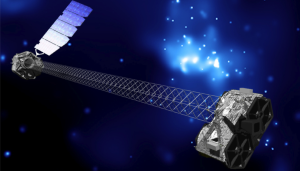 NuSTAR orbital configuration. Source: NASA / JPL – Caltech
NuSTAR orbital configuration. Source: NASA / JPL – Caltech
NASA describes the NuSTAR X-Ray telescope as follows:
“The NuSTAR instrument consists of two co-aligned grazing incidence X-Ray telescopes (Wolter type I) with specially coated optics and newly developed detectors that extend sensitivity to higher energies as compared to previous missions such as NASA’a Chandra X-Ray Observatory launched in 1999 and the European Space Agency’s (ESA) XMM-Newton (aka High-throughput X-Ray Spectrometry Mission), also launched in 1999…….. The observatory will provide a combination of sensitivity, spatial, and spectral resolution factors of 10 to 100 improved over previous missions that have operated at these X-ray energies.”
The NASA NuSTAR mission website is at the following link:
https://www.nasa.gov/mission_pages/nustar/main/index.html
Some examples of NuSTAR findings posted on this website are summarized below.
X-ray emitting structures of galaxies identified
In the following composite image of Galaxy 1068, high-energy X-rays (shown in magenta) captured by NuSTAR are overlaid on visible-light images from both NASA’s Hubble Space Telescope and the Sloan Digital Sky Survey.
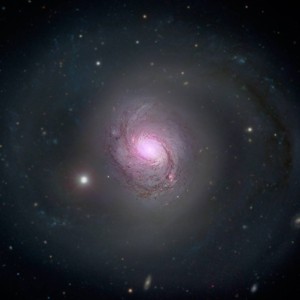 Galaxy 1068. Source: NASA/JPL-Caltech/Roma Tre Univ
Galaxy 1068. Source: NASA/JPL-Caltech/Roma Tre Univ
Below is a more detailed X-ray view of portion of the Andromeda galaxy (aka M31), which is the galaxy nearest to our Milky Way. On 5 January 2017, NASA reported:
“The space mission has observed 40 ‘X-ray binaries’ — intense sources of X-rays comprised of a black hole or neutron star that feeds off a stellar companion.
Andromeda is the only large spiral galaxy where we can see individual X-ray binaries and study them in detail in an environment like our own.”
In the following image, the portion of the Andromeda galaxy surveyed by NuSTAR is in the smaller outlined area. The larger outlined area toward the top of this image is the corresponding X-ray view of the surveyed area.
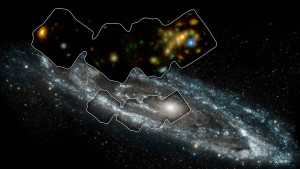 Andromeda galaxy. Source: NASA/JPL-Caltech/GSFC
Andromeda galaxy. Source: NASA/JPL-Caltech/GSFC
NASA describes the following mechanism for X-ray binaries to generate the observed intense X-ray emissions:
“In X-ray binaries, one member is always a dead star or remnant formed from the explosion of what was once a star much more massive than the sun. Depending on the mass and other properties of the original giant star, the explosion may produce either a black hole or neutron star. Under the right circumstances, material from the companion star can “spill over” its outermost edges and then be caught by the gravity of the black hole or neutron star. As the material falls in, it is heated to blazingly high temperatures, releasing a huge amount of X-rays.”
You can read more on this NuStar discovery at the following link:
https://www.nasa.gov/feature/jpl/Andromeda-Galaxy-Scanned-with-High-Energy-X-ray-Vision
Composition of supernova remnants determined
Cassiopeia A is within our Milky Way, about 11,000 light-years from Earth. The following NASA three-panel chart shows Cassiopeia A originally as an iron-core star. After going supernova, Cassiopeia A scattered its outer layers, which have distributed into the diffuse structure we see today, known as the supernova remnant. The image in the right-hand panel is a composite X-ray image of the supernova remnant from both the Chandra X-ray Observatory and NuStar.
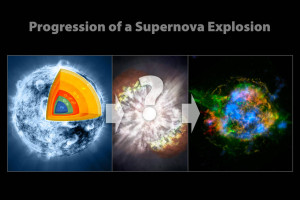 Source: NASA/CXC/SAO/JPL-Caltech
Source: NASA/CXC/SAO/JPL-Caltech
In the following three-panel chart, the composite image (above, right) is unfolded into its components. Red shows iron and green shows both silicon and magnesium, as seen by the Chandra X-ray Observatory. Blue shows radioactive titanium-44, as mapped by NuSTAR.
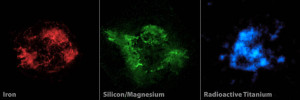 Source: NASA/JPL-Caltech/CXC/SAO
Source: NASA/JPL-Caltech/CXC/SAO
Supernova 1987A is about 168,000 light-years from Earth in the Large Magellanic Cloud. As shown below, NuSTAR also observed titanium in this supernova remnant.
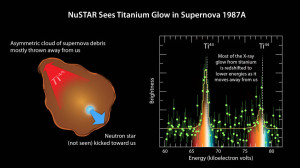 Source: NASA/JPL-Caltech/UC Berkeley
Source: NASA/JPL-Caltech/UC Berkeley
These observations are providing new insights into how massive stars explode into supernovae.
